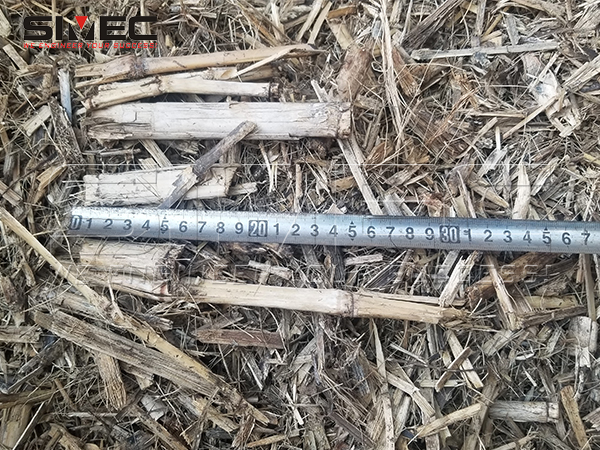Torrefied Pellets Made from Bana Grass
It is very important that bana grass can be harvested 3-4 times a year, and the supply is sustainable.
As a fast-growing plant, bana grass is proved to be very premium raw material for the production of
bio-coal, due to its high compositions of lignin and cellulose. The mass conversion ratio is higher than many biomasses. This has been verified by multiple experiments and analyses conducted by SIMEC researchers.


There are three important phases involved in the bana grass torrefaction process.
1. The first phase mainly consists of free and bound water extraction from biomass at 100-200 ℃.
2. The second phase is irreversible biomass degradation that occurs from 200 to 250 ℃.
3. The third phase, which occurs between about 250 and 330 ℃, usually involves the total destruction of hemicelluloses, the most reactive component of lignocellulose.
From dry bana grass to torrefied biomass, the conversion rate can be 75%-80%. The torrefied bana grass presents a dark brownish color. The grindability of torrefied biomass is significantly improved comparing with raw biomass fibers. Torrefied bana grass stalks are fragile and can be crushed easily even by hand.
The following table is an analysis result for torrefied banagrass pellets, with the serial number KL250722.
|
Moisture Mt % |
Ash Content Ad % |
Volatile Matter Content Vad % |
Fixed Carbon Content Fcad % |
Sulfur St,d % |
High Heating Value Qgrad Cal/g |
Low Heating Value Qnetv Cal/g |
| 2.05 | 4.51 | 71.52 | 23.94 | 0.11 | 5004 | 4731 |
© Copyright of articles and pictures on this site belongs to SIMEC. Any company, media, website or individual are not allowed to reprint, reproduce, repost, modify or use in other ways without permission. Otherwise SIMEC will have the right to pursue legal responsibilities.